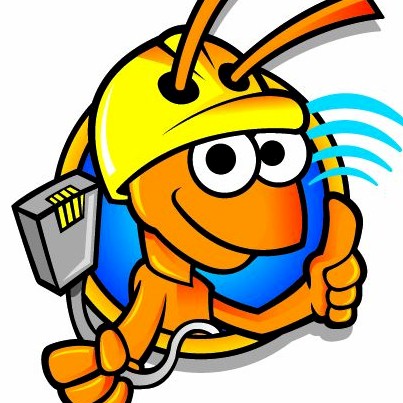Hi,
I am trying to stop undesired behaviour on my internal network and this means I want to stop the following items:
- Unknown MAC addresses communicating
- HTTPS VPNs
- DNS redirection
- DNS over https (DoH)
- Quic
Here is what I've done so far:
- My network has 3 WiFi routers and I have created an "allow-list" of MACs on each router
- I've forced all DNS (not DoH) to go to the router
- I've blocked UDP traffic to port 80/443
- I've tried the following script to stop non-authorised MACs from working (I've created the file with all the MACs listed), but this doesn't appear to work on my RT-AX56U router.
for MAC in `cat mac_addresses_file`; do
iptables -A FORWARD -i eth0 -o eth1 -m mac --mac-source $MAC -j ACCEPT
done
iptables -P FORWARD DROP
What I am seeing is that the client with a blocked MAC is still able to connect to the network, I presume through another wifi spot, even though MAC filtering is enabled on them all.
Any thoughts on how I achieve the above? I'm using unbound, but that is it.
Thanks
David
I am trying to stop undesired behaviour on my internal network and this means I want to stop the following items:
- Unknown MAC addresses communicating
- HTTPS VPNs
- DNS redirection
- DNS over https (DoH)
- Quic
Here is what I've done so far:
- My network has 3 WiFi routers and I have created an "allow-list" of MACs on each router
- I've forced all DNS (not DoH) to go to the router
- I've blocked UDP traffic to port 80/443
- I've tried the following script to stop non-authorised MACs from working (I've created the file with all the MACs listed), but this doesn't appear to work on my RT-AX56U router.
for MAC in `cat mac_addresses_file`; do
iptables -A FORWARD -i eth0 -o eth1 -m mac --mac-source $MAC -j ACCEPT
done
iptables -P FORWARD DROP
What I am seeing is that the client with a blocked MAC is still able to connect to the network, I presume through another wifi spot, even though MAC filtering is enabled on them all.
Any thoughts on how I achieve the above? I'm using unbound, but that is it.
Thanks
David



